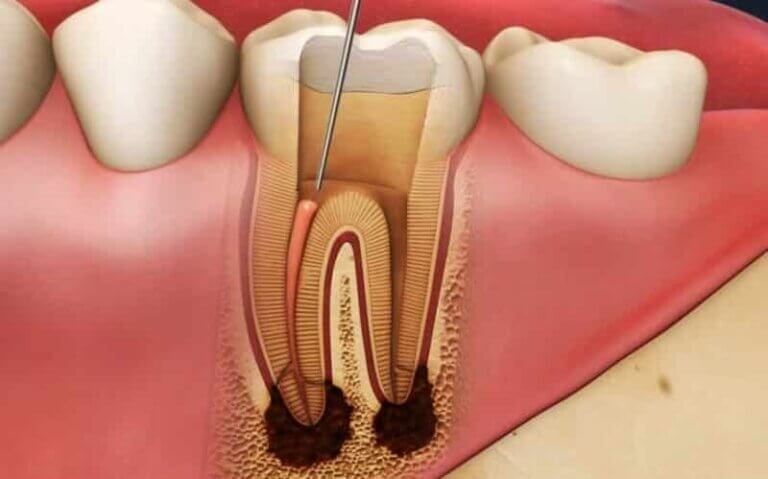Root canal therapy is a highly effective treatment for saving teeth affected by decay or infection. However, like any medical procedure, root canals can sometimes experience complications that cause the treatment to fail. Knowing how to recognize the signs of a failed root canal and understanding the next steps can help you take action promptly to preserve your oral health as recommended by a Houston dentist. Here’s a look at the key indicators of a failed root canal, why it can happen, and what treatment options are available in Houston.
Root Canal Failure
A root canal can fail when the initial infection isn’t completely cleared or if a new infection develops after treatment. This can occur due to factors such as:
- Residual bacteria: that remain in tiny crevices or canals.
- Complex root anatomy: that makes it difficult to thoroughly clean and seal the canal.
- Cracked or broken tooth structure: that allows bacteria to re-enter.
- Poor post-treatment care: including lack of proper restoration (crown placement) or neglect of regular oral hygiene.
Recognizing the Signs of a Failed Root Canal
Identifying a failed root canal early can help prevent further complications. Here are the common signs that may indicate a root canal has not succeeded:
- Persistent or Recurrent Pain: Pain or discomfort lasting weeks or even months after a root canal could indicate lingering infection or inflammation. This pain may feel similar to the original symptoms that prompted the root canal, such as dull throbbing or sharp pain, especially when chewing or applying pressure on the treated tooth. Consulting a specialist in cosmetic dentistry in Lansing, MI can help identify underlying issues, restore tooth appearance, and ensure proper healing through advanced dental care techniques.
- Swelling or Tenderness in the Gums: Swelling, tenderness, or redness in the gums around the treated tooth is another sign that infection might be present. This swelling can be mild or severe, depending on the extent of the infection.
- Pus or Drainage from the Treated Area: If you notice any discharge, pus, or foul odor coming from the area surrounding the treated tooth, it may be a sign that bacteria have infiltrated the treated area, causing an abscess.
- Visible Abscess or Gum Pimples: A small bump, similar to a pimple, may appear on the gums near the treated tooth. This abscess or fistula forms when pus builds up in response to infection. If left untreated, an abscess can spread, posing serious health risks.

What to Do Next: Steps for Managing a Failed Root Canal in Houston
If you experience any of these symptoms, it’s crucial to contact your dentist or an endodontist (a specialist in root canals) in Houston as soon as possible. Here’s a breakdown of potential treatment options:
- Schedule a Follow-Up Examination: The first step is to revisit your dentist or endodontist for an examination. They will assess the tooth through a visual examination and may use X-rays to get a better view of any infection or structural problems within the root canals.
- Consider Root Canal Retreatment: In many cases, the recommended solution is root canal retreatment. This involves reopening the tooth, thoroughly cleaning the canals again, and resealing them to prevent reinfection. Retreatment can often save the tooth and may involve placing a new crown for added protection.
- Explore Surgical Options: Apicoectomy: If retreatment is not a viable option, an apicoectomy may be suggested. This surgical procedure involves removing the root tip (apex) along with any surrounding infected tissue. The end of the root is then sealed to prevent further infection. This procedure is often effective for infections in hard-to-reach areas.
By staying vigilant and seeking timely care, you can address a failed root canal effectively, safeguarding your oral health for the long term.

